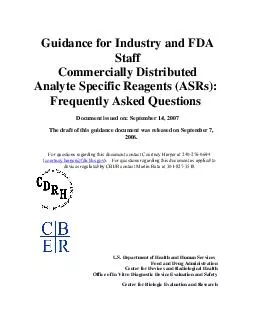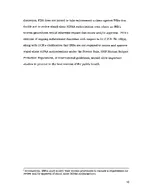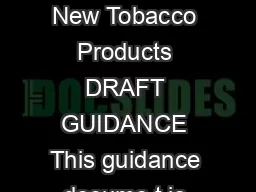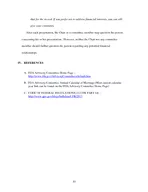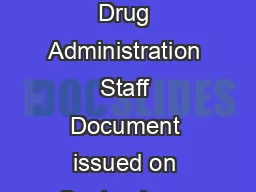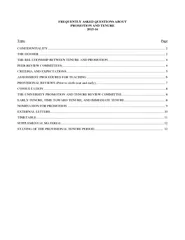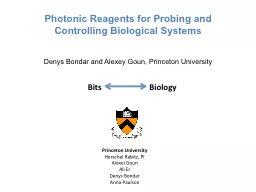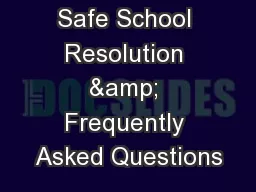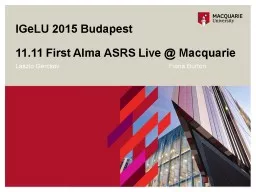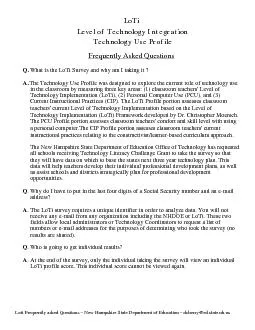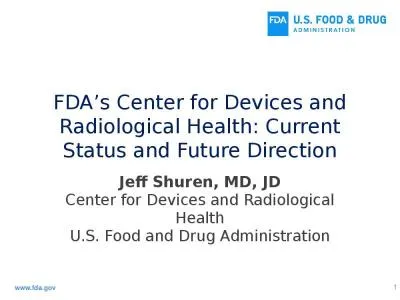PDF-Guidance for Industry and FDA Staff Commercially Distributed Analyte Specific Reagents
Author : ellena-manuel | Published Date : 2015-03-08
US Department of Health and Human Services Food and Drug Administration Center for Devices and Radiological Health Office of In Vitro Diagnostic Device Evaluation
Presentation Embed Code
Download Presentation
Download Presentation The PPT/PDF document "Guidance for Industry and FDA Staff Comm..." is the property of its rightful owner. Permission is granted to download and print the materials on this website for personal, non-commercial use only, and to display it on your personal computer provided you do not modify the materials and that you retain all copyright notices contained in the materials. By downloading content from our website, you accept the terms of this agreement.
Guidance for Industry and FDA Staff Commercially Distributed Analyte Specific Reagents: Transcript
Download Rules Of Document
"Guidance for Industry and FDA Staff Commercially Distributed Analyte Specific Reagents"The content belongs to its owner. You may download and print it for personal use, without modification, and keep all copyright notices. By downloading, you agree to these terms.
Related Documents

